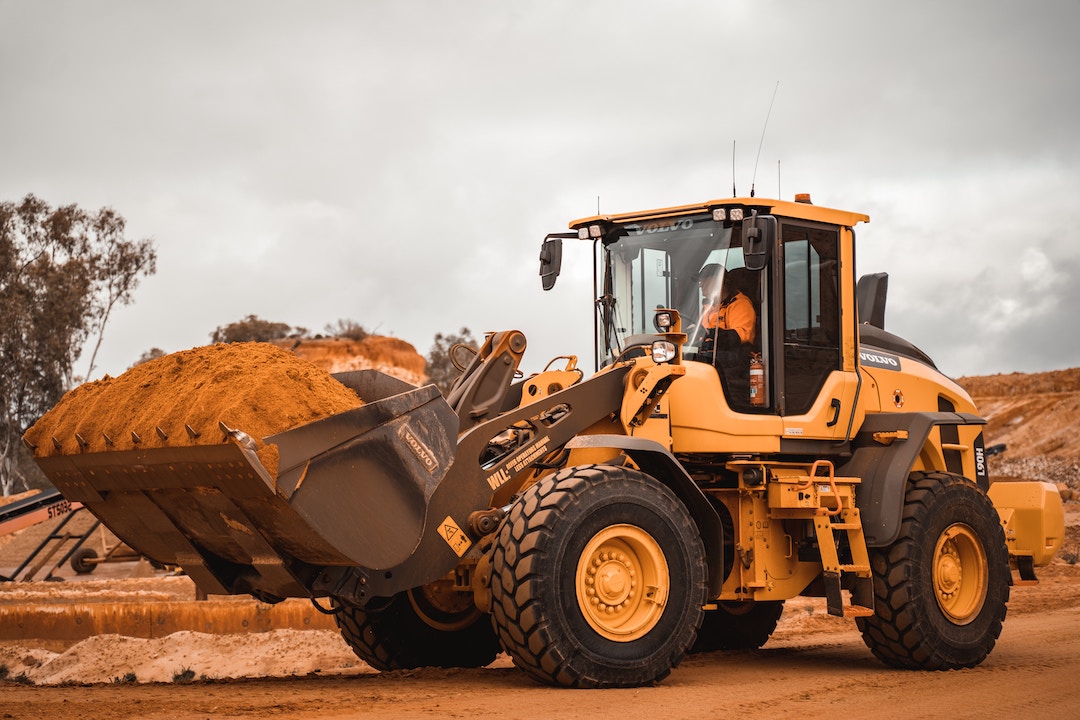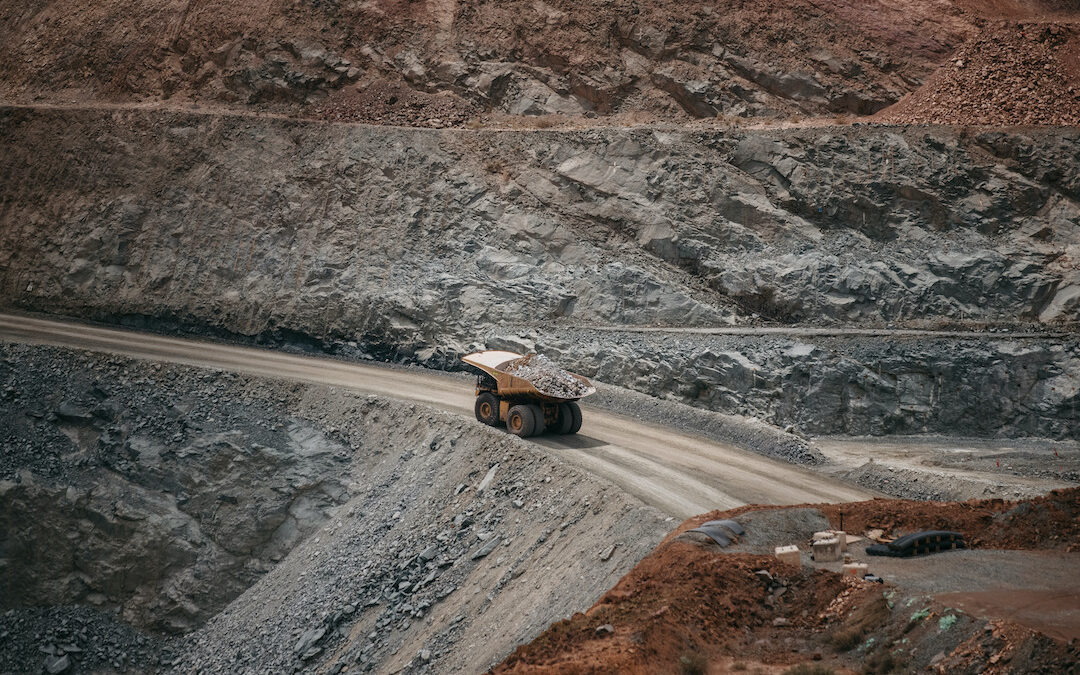Heading into 2024, it’s important to understand what pressures are being placed on the mining industry, and what impact this could have.
Compared to other states, WA suffered fewer negative impacts from the pandemic. But as the most export-dependent state in the country, a weaker global economic outlook, particularly softening conditions in China’s construction sector, presents significant uncertainty.
“Softer Chinese demand for the state’s resources could be a headwind going forward,” NAB chief economist Alan Oster said in the State Economic Overview 2024, in which WA has moved from being the strongest state in the survey to being overtaken by both Queensland and New South Wales.
However, investment in iron ore production remains robust with almost $26 billion invested in the state last year, marking 14 continuous quarters of increased spending. Meanwhile, new mines and mine expansion for rare metals like lithium and cobalt that are required for the green transition, and to meet the growing demand for electric vehicles, promise some insulation against the general downward trend.
We take a good hard look at what’s happening with production and demand for iron ore, gold and lithium in WA to get a picture of the state’s outlook on mining for 2024 and beyond.

Aerial view of Great Fingall Mine © Tourism WA
Iron-clad economy
Production of iron ore in Australia, 98 per cent of which is hosted by WA, rose 6.2 per cent in the last financial year and is forecast to grow 2.9 per cent in 2024-25, according to the Department of Industry, Sciences and Resources (DISR).
The department also forecasts iron ore exports to rise from 895 million tonnes in the past financial year to 933 million tonnes in the 2023-24 financial year as, “greenfield supply from established and emerging producers is expected to come online.” But lower prices are expected to undermine Australia’s iron ore export earnings from $124 billion this year to $120 billion in 2023-24, and down to $99 billion in 2024-25. This will be driven by subdued steel demand over the outlook period, not only in China but also by lower demand from European manufacturing and residential construction.
The trend will be partly offset by growth in infrastructure and non-residential construction activity in advanced nations. This explains in part why spending on iron ore mines hadn’t dropped in WA, with BHP, the world’s biggest mining company, reporting its highest ever annual iron ore production in July as it continues to ramp up its South Flank operations in the state.
“We remain laser-focused on safety and productivity to remain competitive… at a time when there are new challenges and opportunities,” CEO Mike Henry told delegates at the World Mining Congress in Brisbane earlier this year.
Despite reporting a 33 per cent fall in its half-year profit, Rio Tinto, the world’s second-biggest mining company, is also confident in the outlook for demand for its biggest earner iron ore.
“I am fairly optimistic,” CEO Jakob Stausholm told Nine. “Our experience with China is if things are going less well, the Chinese have an impressive ability to also manage the economy.”

Mine expansion for rare metals is growing
All that glitters
A critical component of the energy transition used to produce batteries, lithium is sometimes referred to as “white gold” due to its light colour and high market value. Australia currently accounts for 47 per cent of global supply, and nearly all of it comes from WA, home to five hard-rock lithium mines, including the world’s largest, Greenbushes in the state’s South West. With two more lithium mines under construction in the state and a third in the Northern Territory, Australia’s production of lithium is expected to grow 18 per cent annually until 2030, according to Grand View Research.
But there’s a downside to all this increasing supply: falling prices. The value of lithium exports, which reached $20 billion in the last financial year, are forecast to fall to $16 billion within the next two years.
Data from the DISR shows 90 per cent of the revenue opportunities for lithium occurs downstream of the mining stage, so WA is investing in Australia’s lithium battery value chain, with three new lithium refineries operating or under construction in the state. A report funded by Regional Development Australia Western Australia estimates the lithium industry could generate over 100,000 new jobs in the state this decade.
But what of the other kind of gold mined in Australia, 60 per cent of which occurs in WA? Newmont’s Boddington mine 140km south of Perth was by far the largest producer this year, and the state is also leading the way in new gold mining projects.
“In the second half of 2023, several projects are due to begin production … [and] these are all in Western Australia,” Sandra Close, director of gold consultant Surbiton Associates, told Mining Weekly. “And looking further forward, the announcement by Northern Star of a $1.5-billion program to enable treatment of their 120 million tonnes of lower grade stockpiles will significantly increase output at Kalgoorlie’s Super Pit for years to come.”
To learn more about lithium production in Australia, click here.
Featured image: The Kalgoorlie Boulder Super Pit © Tourism WA

